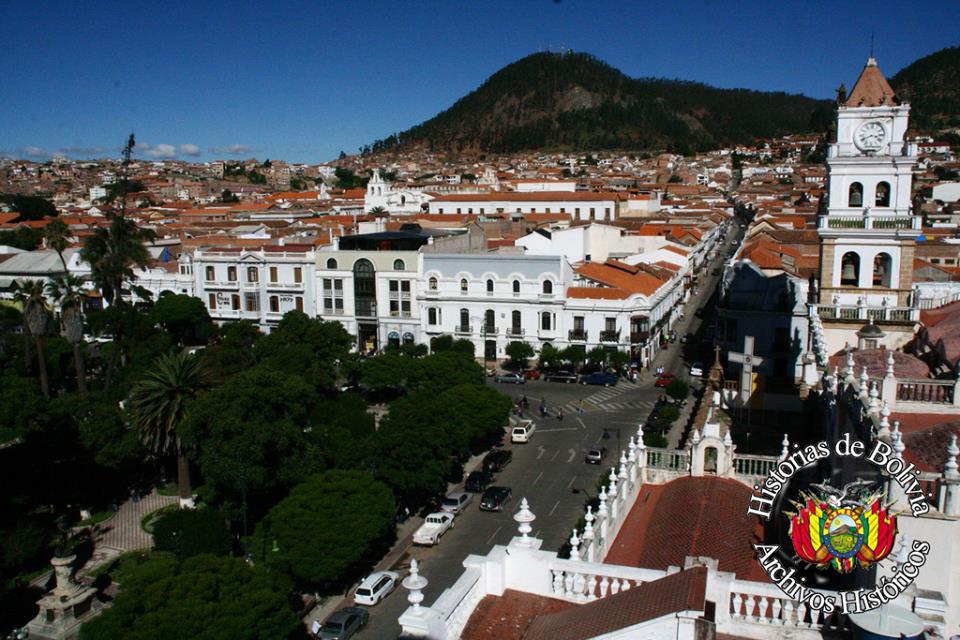When discussing the capital de Bolivia, it's essential to understand the unique political and historical significance of this South American nation. Bolivia is one of the few countries with two capitals, each serving distinct purposes. The constitutional capital, Sucre, is a city steeped in history, while La Paz, the administrative capital, showcases the vibrant culture and bustling heart of the nation. This dual-capital system reflects Bolivia's rich tapestry of indigenous heritage and colonial history, making the capital de Bolivia a focal point for anyone interested in exploring the country's diverse identity.
Both Sucre and La Paz offer fascinating insights into Bolivia's past and present. Sucre, often referred to as the 'White City' due to its stunning whitewashed buildings, is the birthplace of the Bolivian constitution and holds a UNESCO World Heritage status. Conversely, La Paz, located at a staggering altitude of over 3,600 meters, is the highest capital city in the world and serves as a bustling metropolis filled with modern amenities and rich indigenous culture.
As we delve deeper into the capital de Bolivia, we will explore the historical significance of both cities, their cultural uniqueness, and how they contribute to the overall identity of Bolivia. Join us on this journey to uncover the treasures of Sucre and La Paz, and discover what makes the capital de Bolivia so special.
What is the Historical Significance of Sucre as the Capital de Bolivia?
Sucre, being the constitutional capital of Bolivia, holds a significant place in the country's history. Founded in 1538, it was initially called La Plata. The city was named after Antonio José de Sucre, a prominent leader in the fight for independence from Spanish rule. The historical importance of Sucre can be seen through its charming colonial architecture, including the stunning Metropolitan Cathedral and the historic Casa de la Libertad, where Bolivia's independence was proclaimed in 1825.
How Does La Paz Function as the Administrative Capital?
La Paz serves as the seat of government and the administrative capital de Bolivia. It houses the presidential palace, the legislative assembly, and various government ministries. The city's unique geography, perched on the Andean plateau, provides a dramatic backdrop for its vibrant street life and cultural events. La Paz is known for its diverse population, where indigenous traditions blend seamlessly with modern influences.
What Are the Major Attractions in Sucre?
- Casa de la Libertad: A historical museum showcasing Bolivia's path to independence.
- Metropolitan Cathedral: A stunning example of colonial architecture.
- Revolution Square: A central hub for social and political gatherings.
- Tarabuco Market: A vibrant market known for its traditional handicrafts.
What Unique Features Does La Paz Offer?
La Paz is renowned for its unique features, including its altitude, which makes it the highest capital city in the world. This elevation affects everything from the climate to the way visitors experience the city. The city is also famous for its cable car system, which provides breathtaking views of the surrounding mountains and valleys while serving as a crucial mode of transportation for locals.
How Do the Cultures of Sucre and La Paz Differ?
The cultural landscapes of Sucre and La Paz differ significantly. Sucre is characterized by a more laid-back atmosphere, with a strong emphasis on its colonial past and traditional customs. In contrast, La Paz is a bustling urban center, where the indigenous culture is prominent, and traditions are celebrated through festivals, music, and dance. This contrast provides a unique perspective on Bolivia's diverse identity.
What Festivals and Events Are Celebrated in the Capital de Bolivia?
- Gran Poder Festival in La Paz: A vibrant celebration featuring traditional music and dance.
- Tarija Wine Festival: Celebrates the wine culture found in the Tarija region.
- Sucre's Festival of the Virgin of Guadalupe: A religious and cultural celebration.
- Bolivia's Independence Day: National celebrations occur in both capitals.
What Are the Transportation Options in the Capital de Bolivia?
Transportation in the capital de Bolivia varies between Sucre and La Paz. In La Paz, the cable car system is a popular and efficient means of getting around, while buses and taxis also operate extensively. Sucre, being a smaller city, is more pedestrian-friendly, with many attractions within walking distance. Visitors can easily explore the historical center on foot, soaking in the city's rich culture and architecture.
How Can Visitors Experience the Essence of the Capital de Bolivia?
To truly experience the essence of the capital de Bolivia, visitors should immerse themselves in both Sucre and La Paz's local cultures. Here are some suggestions:
- Take part in traditional cooking classes to learn about Bolivian cuisine.
- Attend local festivals to witness vibrant cultural celebrations.
- Explore artisan markets to find unique handicrafts and souvenirs.
- Engage with locals to understand their customs and traditions.
Conclusion: Why Explore the Capital de Bolivia?
Exploring the capital de Bolivia offers a unique opportunity to understand the rich history and diverse culture of this fascinating country. From the colonial charm of Sucre to the dynamic spirit of La Paz, each city has its own story to tell. Whether you're an adventurer, a history buff, or a culture enthusiast, the dual capitals of Bolivia promise an unforgettable experience that will leave a lasting impression.
.jpg)


